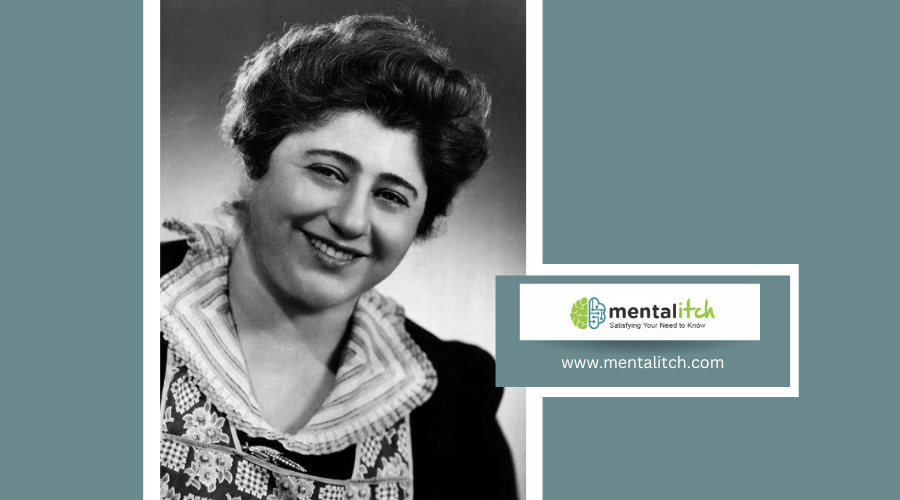The 1960s was a decade of immense change in the television industry, and women played a significant role in its transformation. Trailblazers like Gertrude Berg and Lucille Ball broke new ground, showcasing both talent and humor, which redefined the opportunities available to women in television.
Gertrude Berg brought her beloved character, Molly Goldberg, to the small screen, becoming a household name and winning an Emmy for her efforts. Lucille Ball, another pioneer, captivated audiences with her comedic genius in “I Love Lucy,” setting new standards for women in the industry.
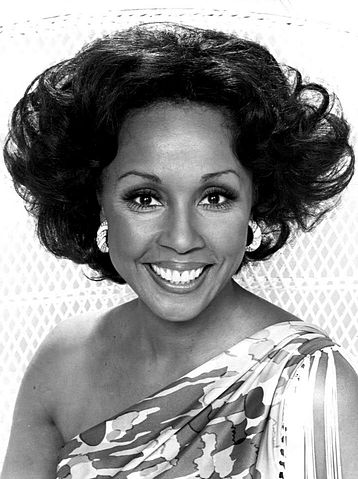
In addition to Berg and Ball, other groundbreaking women of the 1960s include Diahann Carroll, who became the first African American woman to star in her own TV series, “Julia,” and Betty Friedan, who highlighted the struggles and opportunities for women through her influential writing. These women and others paved the way for future generations, leaving an indelible mark on the television landscape.
The Rise of Female Stars in 1960s Television
In the 1960s, female stars began making significant strides in television, challenging traditional gender roles and securing prominent roles in various genres, including comedy and variety shows. Opportunities for women in production also started to emerge, paving the way for future generations.
Breaking Gender Roles and Stereotypes
The 1960s saw an increasing number of female actors breaking gender stereotypes on television. Women started to take on more diverse and strong-willed roles, moving away from the traditional, domestic characters.
Barbara Eden’s role in I Dream of Jeannie and Mary Tyler Moore’s character in The Dick Van Dyke Show are notable examples. They played dynamic, independent women, showcasing intelligence and humor. These performances helped to shift how society viewed women’s capabilities and roles both on and off-screen.
Women in Comedy and Variety Shows
Female comedians began to make their mark on television during the 1960s. Carol Burnett, with her groundbreaking variety show, The Carol Burnett Show, demonstrated that women could lead and command a comedy series. Her show featured a mix of musical performances, comedy sketches, and celebrity guests, setting a standard for future variety shows.
Lucille Ball also continued her success from the 1950s, evolving her role and expanding her influence with The Lucy Show. This era marked a shift where women were not just participants but were driving the creative direction in comedy and variety shows.
Emerging Opportunities for Women in Production
The 1960s also began to provide opportunities for women behind the scenes in television production. Few women ventured into areas traditionally dominated by men, such as writing, directing, and producing.
Lucille Ball broke ground by becoming the first woman to run a major television studio, Desilu Productions. This paved the way for other women in the industry, demonstrating that women could hold executive positions and impact the business and creative sides of television production. These emerging opportunities were crucial in shaping the landscape of television in subsequent decades.
Influential Television Shows and the Women Behind Them
Key female pioneers in television during the 1960s brought significant changes to TV shows, elevating both the medium and the representation of women. Their work laid the groundwork for many shows and roles we see today.
I Love Lucy and Lucille Ball’s Impact
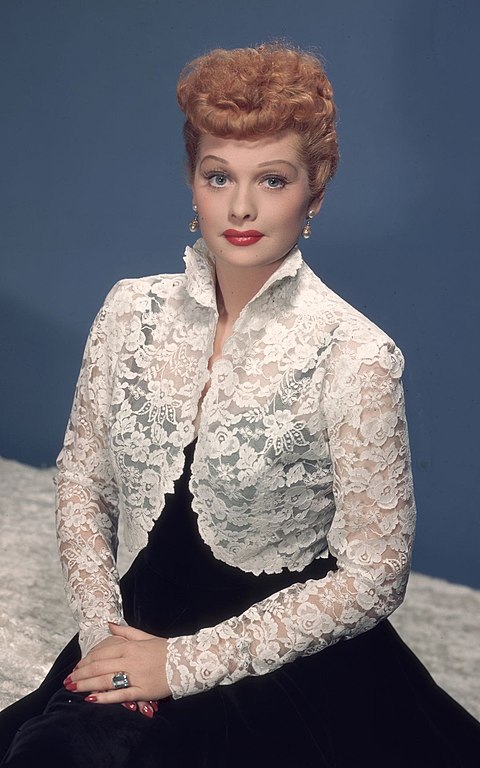
Lucille Ball starred in I Love Lucy, a pioneering sitcom that first aired in 1951 but continued into the early 60s. Ball’s portrayal of Lucy Ricardo was revolutionary. She wasn’t just a comedic actress; she became a producer for the show through her company, Desilu Productions. This move made her one of the first women to run a major TV production company. Desilu Productions later produced other iconic shows such as Star Trek. Ball’s work broke barriers for women both on and off the screen.
The Mary Tyler Moore Show: A Shift in Portrayal
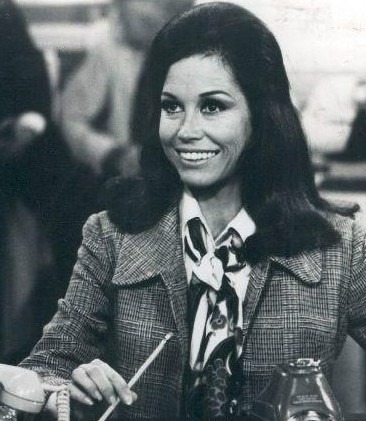
The Mary Tyler Moore Show debuted in 1970, but its impact reflects the advancements of the late 60s. Mary Tyler Moore played Mary Richards, a single, independent woman working as a television news producer. The show tackled real issues like gender equality and workplace dynamics, and it was one of the first to feature a single, career-focused woman. This representation broke stereotypes and set a new standard for female characters on TV. Moore’s character became a role model, showing that women could pursue careers and succeed on their own terms.
The Carol Burnett Show: Pioneering Variety Entertainment
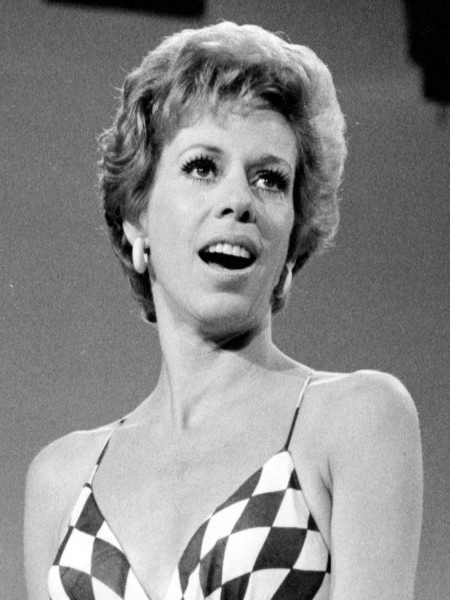
Carol Burnett starred in The Carol Burnett Show, which premiered in 1967. As host and star, Burnett brought sketch comedy and musical parodies to a primetime TV audience. Her work set the stage for future variety shows. Burnett’s talent for physical comedy and her ability to inhabit numerous characters showcased her versatility and broke new ground for female comedians. The show was widely acclaimed, earning multiple Emmy Awards and solidifying Burnett’s place in television history.
The Goldbergs: Gertrude Berg’s Groundbreaking Creation
Gertrude Berg created and starred in The Goldbergs, which started as a radio show before transitioning to television in 1949. Though its run was primarily in the 1950s, its influence carried into the 1960s. Berg portrayed Molly Goldberg, a warm, matriarchal figure who navigated family life with humor and heart. She also wrote most of the scripts, making her a pioneering content creator. Berg’s work was instrumental in developing the situation comedy genre, and The Goldbergs was among the first shows to focus on a Jewish family, adding to its cultural significance.
These women reshaped the landscape of television, setting up a more inclusive and diverse future. Their contributions remain influential, demonstrating that women could not only star in but also create and produce groundbreaking television.
Trailblazers in Diversity and Representation
In the 1960s, a few key women in television played significant roles in changing perceptions around race and gender. Their pioneering efforts opened doors for more widespread inclusion and made lasting impacts on the entertainment industry.
Nichelle Nichols: A New Face in Prime Time
Nichelle Nichols made history with her role as Lieutenant Uhura on the television series Star Trek. She played one of the first African-American female characters in a major non-stereotypical role.
Nichols’ portrayal was groundbreaking because it presented an African-American woman in a position of authority and intelligence. Unlike many roles of the time, Lieutenant Uhura was not a maid or a sidekick but a vital member of a starship crew.
In addition to her on-screen achievements, Nichols also influenced behind the scenes. Her decision to stay on the show after a conversation with Dr. Martin Luther King Jr. demonstrated her commitment to improving representation. This dedication contributed significantly to the breaking down of racial barriers in television.
Diahann Carroll and the Portrayal of an African-American Woman in a Lead Role
Diahann Carroll was another trailblazer during this period. She starred in Julia, a groundbreaking show where she played the first African-American woman to have a lead role in a prime-time TV series.
In Julia, Carroll portrayed a widowed nurse raising her young son. This was significant because it countered prevailing stereotypes by depicting an African-American woman in a professional and relatable role.
Prior to Julia, African-American characters were often confined to secondary or subservient roles. Carroll’s performance challenged this norm and laid a path for future generations of actors. Her role in Julia also helped pave the way for more complex and varied representations of African-American women on television.
Achievements and Recognition
During the 1960s, female pioneers in television made remarkable achievements and received significant recognition for their contributions. They won prestigious awards and made history as they broke down barriers within the industry.
Emmy Awards and Critical Acclaim
Many women in the 1960s television scene received Emmy Awards and accolades for their work. Barbara Walters, one of the most famous journalists, began her rise on NBC’s Today. This significant start laid the groundwork for a future that included winning multiple Emmys.
Actresses and producers also marked their excellence. Lucille Ball, known for I Love Lucy, continued her success with The Lucy Show, earning multiple Emmy Awards throughout the decade. These awards were a testament to the talent and perseverance of female trailblazers who helped shape the television landscape.
Historic Firsts and Breaking the Glass Ceiling

Female pioneers of the 1960s set several historic firsts, breaking the glass ceiling in many areas of television. Barbara Walters became the first woman to co-anchor a network evening news program on ABC, an important milestone for women in broadcast journalism.
Trailblazers like Oprah Winfrey would later build on these foundations. Winfrey, albeit starting her career slightly later, was inspired by the women of the 1960s who challenged norms and opened doors for future generations.
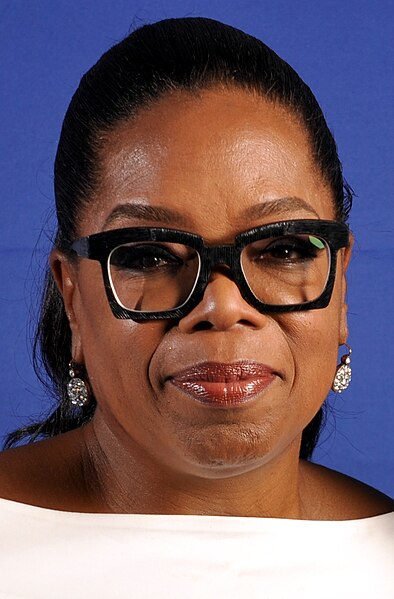
The achievements of these women set them apart not only for being firsts but for excelling in their roles. They paved the way and inspired future figures in television, demonstrating that gender should never be a barrier in any field.
